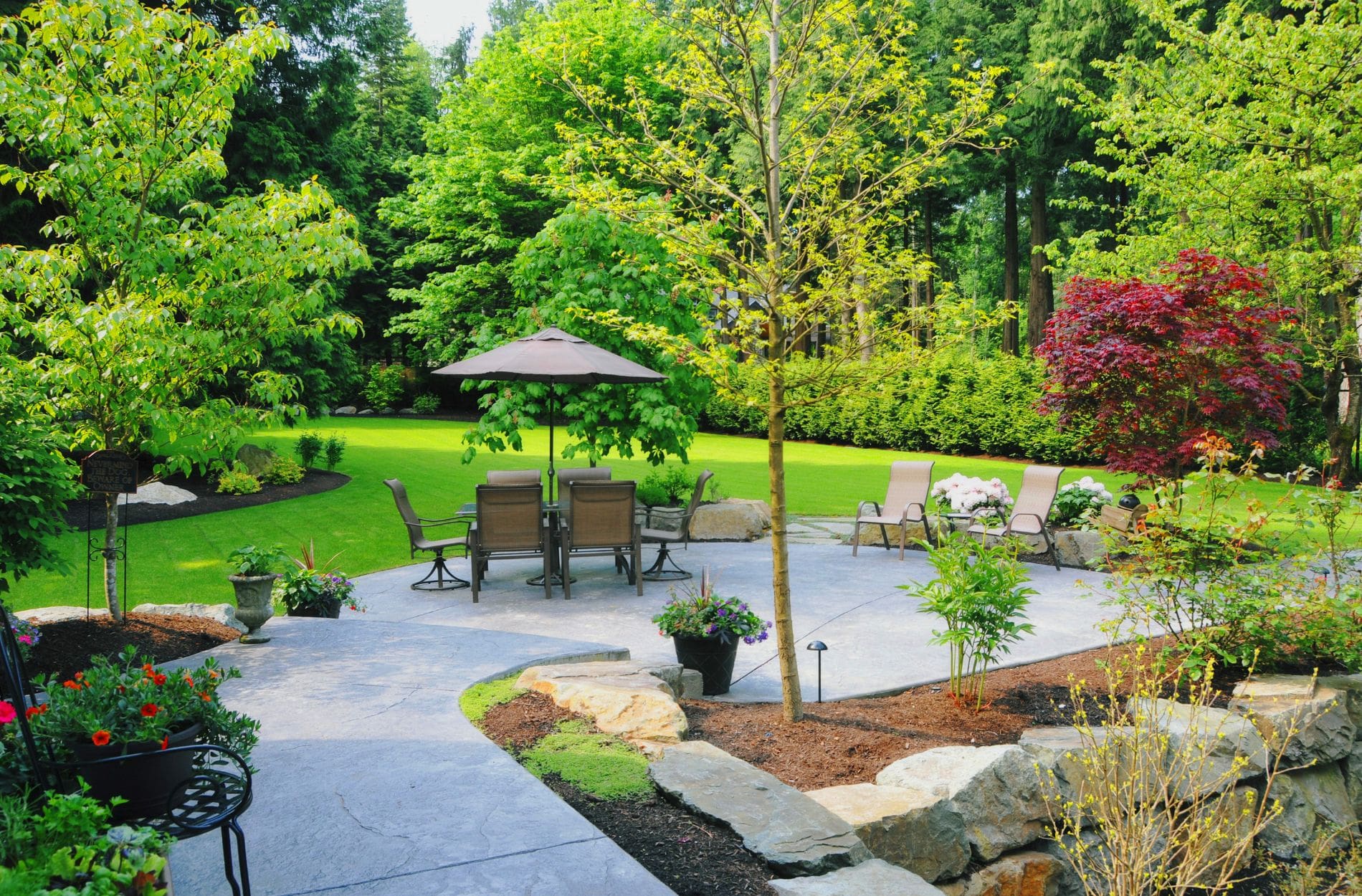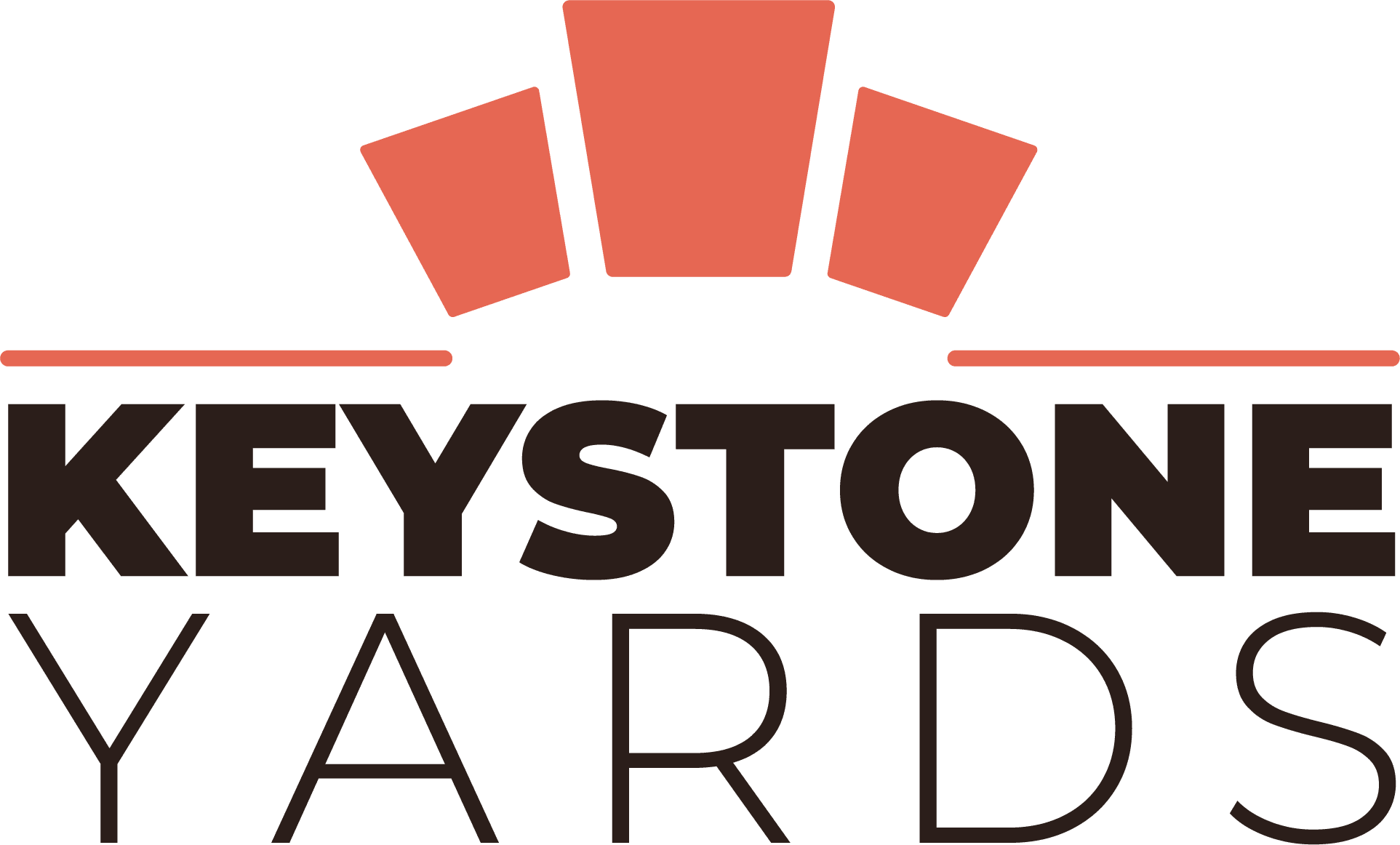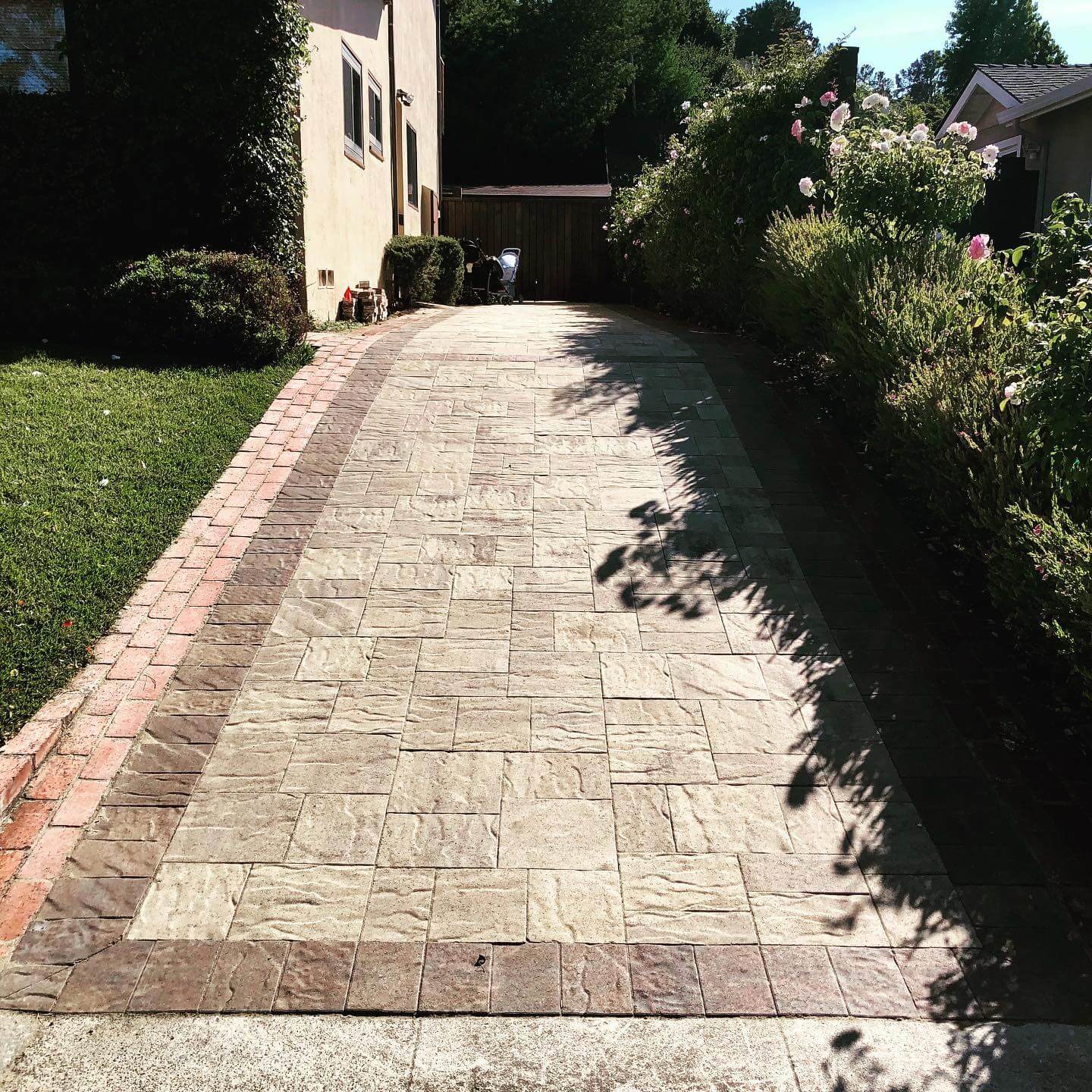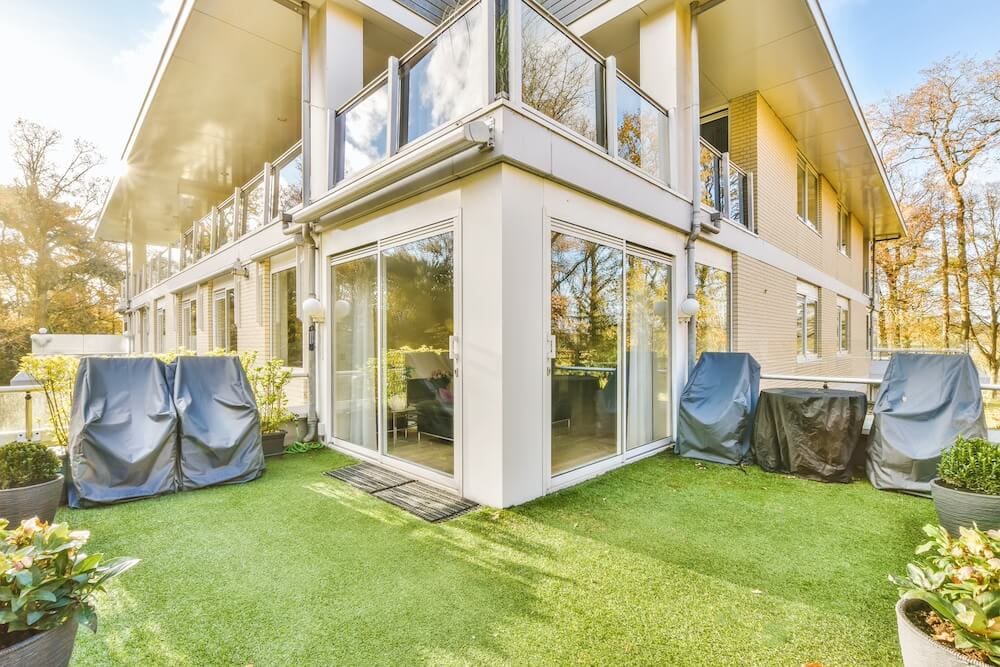
Ultimate Guide to Sustainable Landscaping in Napa, Sonoma, and Marin County
Sustainable landscaping has been gaining popularity among homeowners and landscaping professionals, as people seek to create more eco-friendly and resource-efficient outdoor spaces. By incorporating sustainable practices, you can ensure that your custom landscape design has a positive impact on the environment, conserves resources, and maintains a healthy ecosystem – all without sacrificing aesthetics or functionality.
In this comprehensive guide, we will explore the various elements of sustainable landscaping, including the use of native plants, water conservation techniques, environmentally-friendly hardscape materials, energy-efficient outdoor lighting, and more. With the expert guidance of Keystone Yards, a premier outdoor remodeling contractor in Napa, Sonoma, and Marin County, you can create a stunning outdoor living space that embraces sustainability and meets your unique needs and preferences.
1. Native Plants and Biodiverse Gardens: Create a Thriving Ecosystem
Opting for native plants and promoting biodiversity within your custom landscape is a fundamental aspect of sustainable landscaping. Native plants tend to require less water and maintenance and are better adapted to local environmental conditions.
- Go Local: Choosing indigenous plants that are well-suited to your specific region’s climate, soil, and light conditions ensures better survival rates and contributes to a healthier ecosystem.
- Attract Pollinators: Incorporate flowering plants and shrubs that attract bees, butterflies, and hummingbirds. These pollinators support the overall health of your garden and promote diversity within the local environment.
- Layer Your Planting: Integrate various heights, textures, and colors within your landscape to achieve a multilayered, visually appealing garden that fosters a healthy ecosystem for local fauna.
2. Water Conservation Techniques: Efficiently Manage Your Most Precious Resource
Implementing water-saving practices and technology in your yard is a key component of sustainable landscaping, helping to conserve one of our most precious natural resources.
- Drought-Tolerant Plant Selection: Seek out plants that thrive in low-water conditions and group them according to their water requirements to reduce overall irrigation needs.
- Irrigation Efficiency: Utilize drip irrigation systems and smart controllers that deliver water directly to the root zone and adjust to weather patterns, preventing waste and promoting water conservation.
- Rainwater Collection: Install rain barrels or more extensive cistern systems to collect and store rainwater, reducing reliance on municipal water sources and repurposing it for irrigation.
3. Environmentally-Friendly Hardscaping: Reduce Waste and Utilize Green Materials
Enhance the sustainability of your custom landscape design by selecting eco-friendly hardscaping materials and reducing waste during construction.
- Permeable Paving: Opt for permeable paving surfaces such as porous concrete, permeable pavers, or gravel, which allows rainwater to infiltrate the ground, reducing runoff and replenishing aquifers.
- Recycled and Reclaimed Materials: Encourage the use of recycled or reclaimed materials, such as reclaimed wood, recycled metal, or rubber mulch, in your landscape design, thus minimizing waste and reducing the demand for new resources.
- Green Hardscape Options: Consider integrating green hardscapes, like permeable turf block or grass pavers, which not only provide stable surfaces but also help manage stormwater runoff and erosion.
4. Energy-Efficient Outdoor Lighting: Illuminate Your Landscape Sustainably
Select energy-efficient lighting options and strategies for your custom landscape to minimize energy usage and retain a strong visual impact.
- LED Lighting: Choose energy-saving LED lights, which consume significantly less electricity and have a longer life span than traditional incandescent bulbs.
- Solar-Powered Options: Harness the power of the sun by selecting solar-powered landscape lighting, which is not only energy-efficient but also requires minimal maintenance and is easy to install.
- Smart Lighting Controls: Implement smart lighting systems that can be programmed to turn on at specific times or controlled through motion sensors, reducing energy waste and enhancing convenience.
Conclusion:
Embracing the principles of sustainable landscaping allows you to create a custom outdoor living space that is not only visually stunning but also ecologically responsible, conserves resources, and promotes a healthy environment. With the expertise of Keystone Yards, a premier outdoor remodeling contractor in Napa, Sonoma, and Marin County, you can implement these sustainable strategies and achieve a landscape design that reflects your commitment to a greener future.
Transform your custom landscape into an eco-friendly retreat that harmoniously merges aesthetics, functionality, and sustainability. Begin your journey towards a more sustainable outdoor living space today, and create a lasting legacy for future generations to enjoy.





